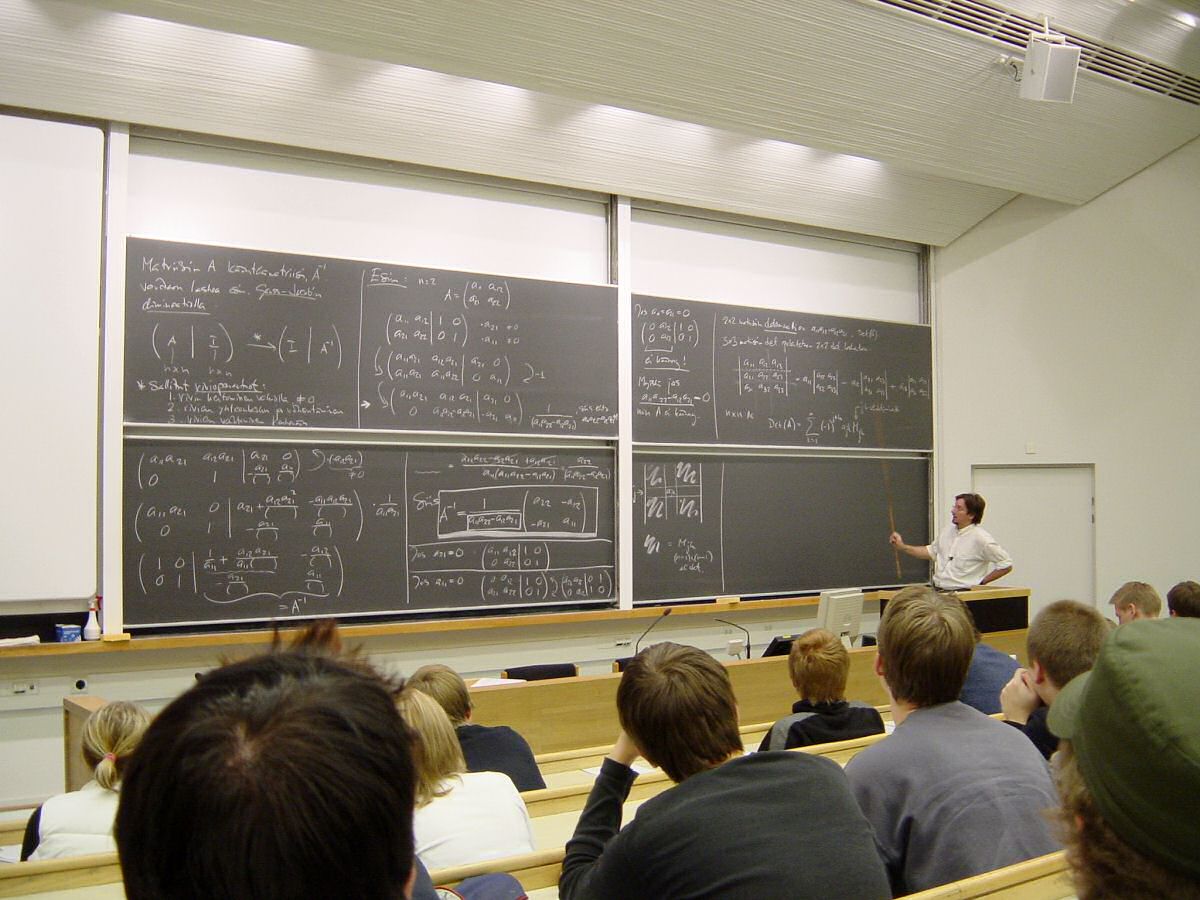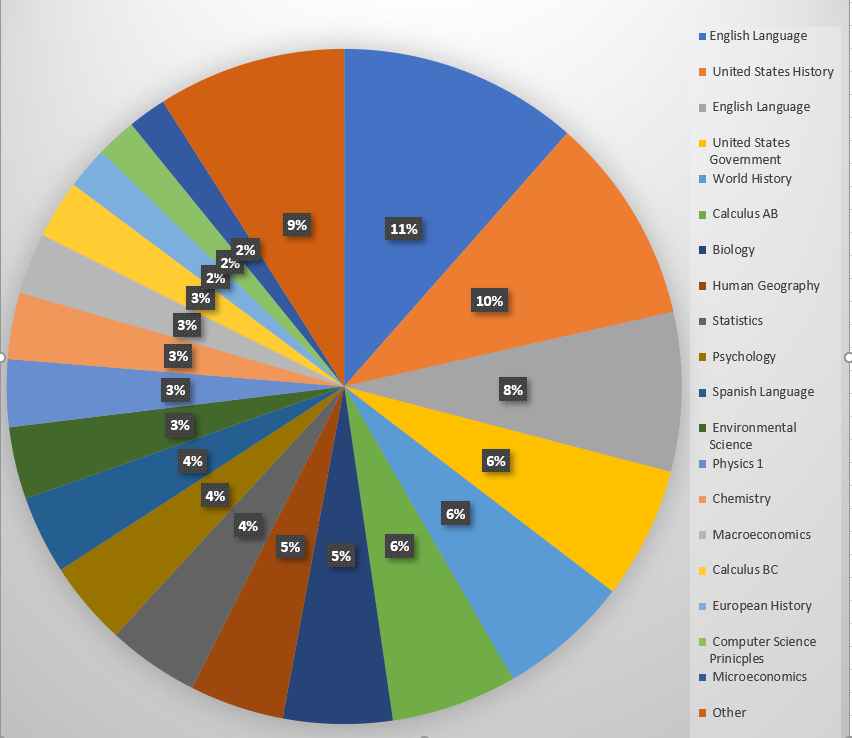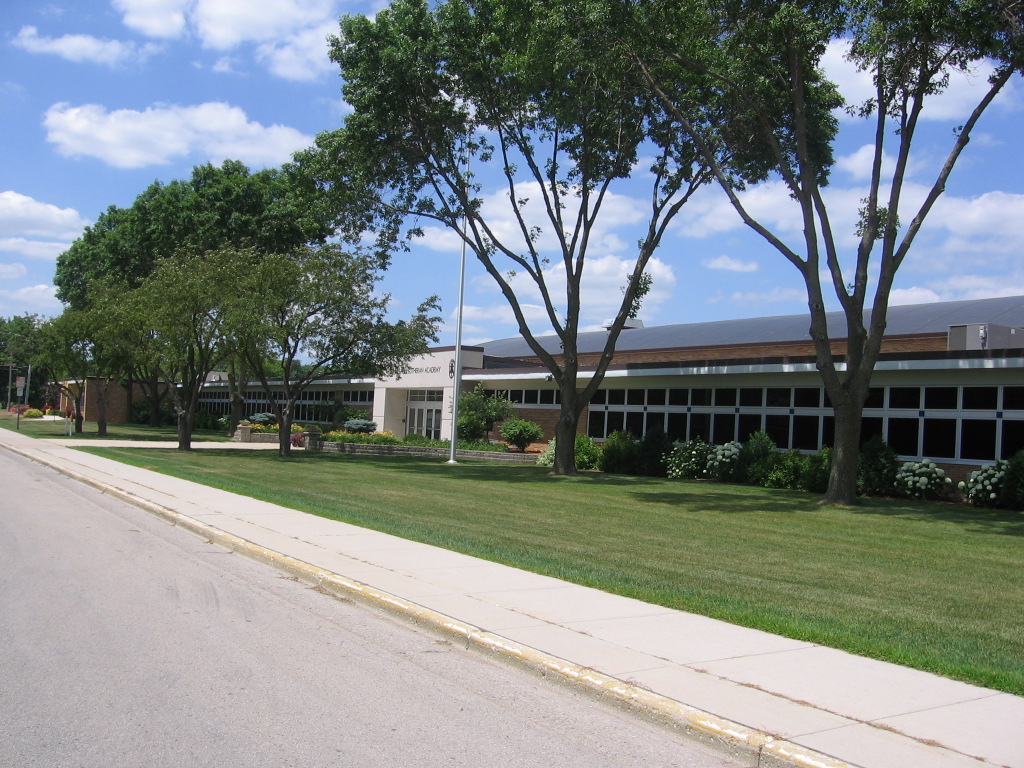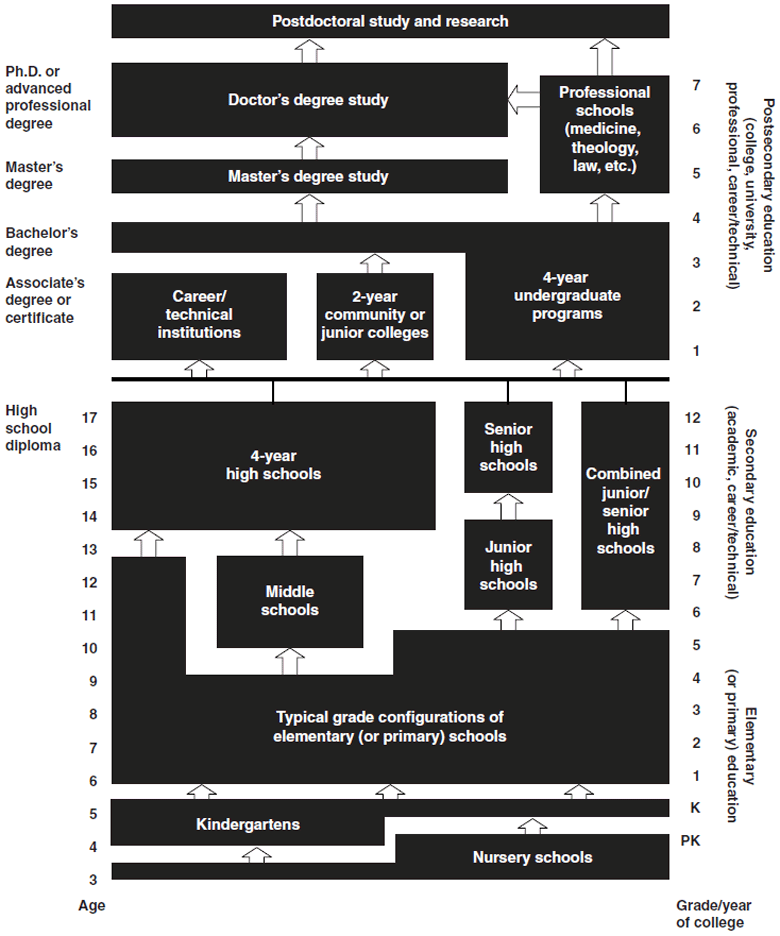|
Beaver Local High School
Beaver Local High School is a public high school near East Liverpool, Ohio, United States. It is the only secondary school in the Beaver Local School District and serves portions of Elkrun, Madison, Middleton, and St. Clair townships in Columbiana County. Athletic teams compete as the Beaver Local Beavers in the Ohio High School Athletic Association as a member of the Buckeye 8 Athletic League as well as the Ohio Valley Athletic Conference. History On November 19, 1934, the Columbiana County Board of Education passed a resolution establishing the Beaver Local Rural School District. The district was a consolidation of seven existing rural school districts at that time. The district was named after the Little Beaver Creek, which runs through most of the district. Later, the name was changed to the Beaver Local School District. The high school was established in 1956, and constructed on ground in the middle of the district, in Madison Township. It opened to about 400 students ... [...More Info...] [...Related Items...] OR: [Wikipedia] [Google] [Baidu] |
East Liverpool, Ohio
East Liverpool is a city in Columbiana County, Ohio, United States. The population was 9,958 at the 2020 United States census, 2020 census. It lies along the Ohio River at the intersection of Ohio, Pennsylvania and West Virginia about from both Pittsburgh and Youngstown, Ohio, Youngstown. The city is most notable for its pottery industry, which was at one time the largest in the US. History Native Americans in the United States, Native American petroglyphs exist in the area surrounding East Liverpool, including on Babbs Island and near the Little Beaver Creek. Before the arrival of European Americans, Mingo, Lenape, and Wyandot people, Wyandot peoples lived in the area until the Battle of Fallen Timbers led to the Ohio Country's settlement. The Public Land Survey System of the United States was established by Congressional legislation in 1785 to provide an orderly mechanism for opening the Northwest Territory for settlement. The ordinance directed the Geographer of the United ... [...More Info...] [...Related Items...] OR: [Wikipedia] [Google] [Baidu] |
Little Beaver Creek
Little Beaver Creek is a wild and scenic area in Ohio. The Little Beaver Creek watershed is located primarily in Columbiana County in eastern Ohio, and in portions of Carroll County, Mahoning County, and western Pennsylvania, draining approximately 605 mi² (1,567 km²), of which 503 mi² (1,303 km²) are in Ohio. The watershed in total size covers an area of approximately 510 square miles, with about 80% of this being situated in Ohio. The great majority of land within the watershed is privately owned. Within the watershed are roughly 808 miles of linear streams. The creek is protected by a number of classifications, including ''Ohio Wild and Scenic River'' and ''National Scenic River'', as well as being part of Ohio's state park system. It is the only major river in Ohio to have dual State Wild and Scenic and National Scenic River designations, and was the first in the country to earn both distinctions. The creek empties into the Ohio River just eas ... [...More Info...] [...Related Items...] OR: [Wikipedia] [Google] [Baidu] |
Dual Enrollment
In the United States, dual enrollment (DE), also called concurrent enrollment, programs allow students to be enrolled in two separate, academically related institutions. Generally, it refers to high school students taking college or university courses. Less commonly, it may refer to any individual who is participating in two related programs. History Dual enrollment was first started in 1955 by thUniversity of Connecticut under the direction of Provost Albert Waugh. It was his belief that the senior year in high school was not challenging enough for many students, resulting in student boredom and disinterest in learning - now called senioritis. He believed that it was the University's responsibility to engage with the high schools to offer introductory University courses at the high school, allowing a more rigorous academic experience and giving students a head start for college. In the mid-1990s a movement started to formalize a national accreditation body for concurrent and dual ... [...More Info...] [...Related Items...] OR: [Wikipedia] [Google] [Baidu] |
Advanced Placement United States History
Advanced Placement (AP) United States History (also known as AP U.S. History, APUSH (), or AP U.S.) is a college-level course and examination offered by College Board as part of the Advanced Placement Program. Course The AP U.S. History course is designed to provide the same level of content and instruction that students would face in a freshman-level college survey class. It generally uses a college-level textbook as the foundation for the course and covers nine periods of U.S. history, spanning from the pre-Columbian era to the present day. The percentage indicates the exam weighting of each content area: Textbooks Commonly used textbooks that meet the curriculum requirements include: *''America's History'' ( Henretta ''et al.'') *'' American History: A Survey'' ( Brinkley) *''American Passages'' ( Ayers ''et al.'') *'' The American Pageant'' ( Bailey ''et al.'') *'' The American People'' ( Nash ''et al.'') *''By the People'' (Fraser) *''The Enduring Vision'' ( Boyer ''et al ... [...More Info...] [...Related Items...] OR: [Wikipedia] [Google] [Baidu] |
Advanced Placement United States Government And Politics
Advanced Placement (AP) United States Government and Politics (often shortened to AP Gov or AP GoPo and sometimes referred to as AP American Government or simply AP Government) is a college-level course and examination offered to high school students through the College Board's Advanced Placement Program. This course surveys the structure and function of American government and politics that begins with an analysis of the United States Constitution, the foundation of the American political system. Students study the three branches of government, administrative agencies that support each branch, the role of political behavior in the democratic process, rules governing elections, political culture, and the workings of political parties and interest groups. Topic outline The material in the course is composed of multiple subjects from the Constitutional roots of the United States to recent developments in civil rights and liberties. The AP United States Government examination co ... [...More Info...] [...Related Items...] OR: [Wikipedia] [Google] [Baidu] |
Advanced Placement English Language And Composition
Advanced Placement (AP) English Language and Composition, (also known as AP English Language, APENG, AP Lang, ELAP, AP English III, or APEL) colloquially known as Lang, is an American course and examination offered by the College Board as part of the Advanced Placement Program. Course AP English Language and Composition is a course in the study of rhetoric taken in high school. Many schools offer this course primarily to juniors and the AP English Literature and Composition course to seniors. Other schools reverse the order, and some offer both courses to both juniors and seniors. The College Board advises that students choosing AP English Language and Composition be interested in studying and writing various kinds of analytic or persuasive essays on non-fiction topics, while students choosing AP English Literature and Composition be interested in studying literature of various periods and mediums (fiction, poetry, drama) and using this wide reading knowledge in discussions of ... [...More Info...] [...Related Items...] OR: [Wikipedia] [Google] [Baidu] |
Advanced Placement English Literature And Composition
Advanced Placement (AP) English Literature and Composition (also known as Senior AP English, AP Lit, APENG, or AP English IV) is a course and examination offered by the College Board as part of the Advanced Placement Program in the United States. Course Designated for motivated students with a command of standard English, an interest in exploring and analyzing challenging classical and contemporary literature, and a desire to analyze and interpret dominant literary genres and themes, it is often offered to high school seniors and the other AP English course, AP English Language and Composition, to juniors. The College Board does not restrict courses by grade. Students learn and apply methods of literary analysis and write with a variety of purposes to increase precision in expression. Students in AP English Literature and Composition typically sit for the national AP examination administered each May for the College Board by the Educational Testing Service. The College Board pu ... [...More Info...] [...Related Items...] OR: [Wikipedia] [Google] [Baidu] |
Advanced Placement Calculus AB
Advanced Placement (AP) Calculus (also known as AP Calc, Calc AB / BC, AB / BC Calc or simply AB / BC) is a set of two distinct Advanced Placement calculus courses and exams offered by the American nonprofit organization College Board. AP Calculus AB covers basic introductions to limits, derivatives, and integrals. AP Calculus BC covers all AP Calculus AB topics plus integration by parts, infinite series, parametric equations, vector calculus, and polar coordinate functions, among other topics. AP Calculus AB AP Calculus AB is an Advanced Placement calculus course. It is traditionally taken after precalculus and is the first calculus course offered at most schools except for possibly a regular or honors calculus class. The Pre-Advanced Placement pathway for math helps prepare students for further Advanced Placement classes and exams. Purpose According to the College Board: Topic outline The material includes the study and application of differentiation and integration, and gra ... [...More Info...] [...Related Items...] OR: [Wikipedia] [Google] [Baidu] |
Postsecondary
Tertiary education (higher education, or post-secondary education) is the educational level following the completion of secondary education. The World Bank defines tertiary education as including universities, colleges, and vocational schools. ''Higher education'' is taken to include undergraduate and postgraduate education, while vocational education beyond secondary education is known as ''further education'' in the United Kingdom, or included under the category of ''continuing education'' in the United States. Tertiary education generally culminates in the receipt of certificates, diplomas, or academic degrees. Higher education represents levels 5, 6, 7, and 8 of the 2011 version of the International Standard Classification of Education structure. Tertiary education at a nondegree level is sometimes referred to as further education or continuing education as distinct from higher education. UNESCO stated that tertiary education focuses on learning endeavors in specialize ... [...More Info...] [...Related Items...] OR: [Wikipedia] [Google] [Baidu] |
Advanced Placement
Advanced Placement (AP) is a program in the United States and Canada created by the College Board. AP offers undergraduate university-level curricula and examinations to high school students. Colleges and universities in the US and elsewhere may grant placement and course credit to students who obtain qualifying scores on the examinations. The AP curriculum for each of the various subjects is created for the College Board by a panel of experts and college-level educators in that academic discipline. For a high school course to have the designation as offering an AP course, the course must be audited by the College Board to ascertain that it satisfies the AP curriculum as specified in the Board's Course and Examination Description (CED). If the course is approved, the school may use the AP designation and the course will be publicly listed on the AP Course Ledger. History 20th century After the end of World War II, the Ford Foundation created a fund that supported committees ... [...More Info...] [...Related Items...] OR: [Wikipedia] [Google] [Baidu] |
Secondary Education In The United States
Secondary education is the last six or seven years of statutory formal education in the United States. It culminates with twelfth grade (age 17–18). Whether it begins with sixth grade (age 11–12) or seventh grade (age 12–13) varies by state and sometimes by school district. Secondary education in the United States occurs in two phases. The first, as classified by the International Standard Classification of Education (ISCED), is the lower secondary phase, either called a middle school or junior high school. A middle school is for students sixth grade, seventh grade and eighth grade and a junior high school is only for students in seventh and eighth grade. The second is the ISCED upper secondary phase, a high school in the United States, high school or senior high school for students grade 9, ninth grade through twelfth grade. There is some debate over the optimum age of transfer, and variation in some states; also, middle school often includes grades that are almost always ... [...More Info...] [...Related Items...] OR: [Wikipedia] [Google] [Baidu] |
K–12
K–12, from kindergarten to 12th grade, is an English language expression that indicates the range of years of publicly supported primary and secondary education found in the United States and Canada, which is similar to publicly supported school grades before tertiary education in several other countries, such as Afghanistan, Armenia, Australia, China, Ecuador, Egypt, India, Iran, the Philippines, South Korea, and Turkey. K–12 refers to the American system which affords authority to local intersectional "districts" which may be specific to a municipality, county, or several regions, depending on population and proximity. History Australia In Australia, P–12 is sometimes used in place of K–12, particularly in Queensland, where it is used as an official term in the curriculum framework. P–12 schools serve children for the thirteen years from prep until Year 12, without including the separate kindergarten component. Canada In Canada (Nova Scotia), P–12 is used commonl ... [...More Info...] [...Related Items...] OR: [Wikipedia] [Google] [Baidu] |





